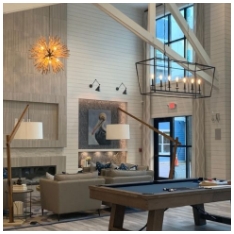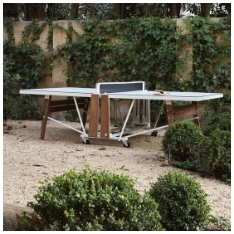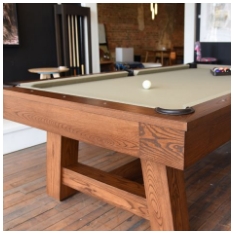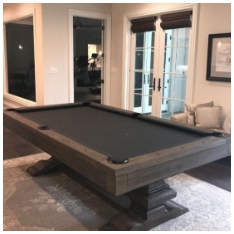Maintaining your pool cue is essential for ensuring consistent performance and extending its life. Whether you’re a casual player or someone who plays regularly, your cue deserves the same care you’d give any precision instrument. This article outlines how to care for your pool cue with 4 pool cue maintenance tips that are easy to follow and highly effective.
Why Cue Maintenance Matters
Your pool cue is more than just a stick. It’s an essential part of your game, affecting control, accuracy, and overall feel. Like any tool, it performs best when properly maintained. Routine care helps:
- Preserve the shaft’s smoothness
- Keep the tip in optimal condition
- Prevent warping and damage
- Prolong the cue’s lifespan
Neglecting maintenance can lead to poor shots, discomfort during play, and eventually costly repairs or replacements.
1. Keep the Shaft Clean and Smooth
Use a Soft Cloth After Every Game
The shaft of your cue gathers chalk residue, oil, and dirt from your hands. After each session, gently wipe the shaft with a clean, dry microfiber cloth. This helps prevent buildup and keeps the wood feeling smooth.
Clean the Shaft Periodically
Over time, even with regular wiping, buildup can affect the feel of your cue. Use a dedicated cue shaft cleaner or a slightly damp cloth with a mild wood-safe cleaner to gently clean the shaft. Always follow up by drying thoroughly.
Avoid abrasive pads or harsh chemicals. These can strip the finish or damage the wood, affecting both feel and appearance.
Consider a Shaft Conditioner
Some players prefer using shaft conditioners to maintain slickness and reduce friction. If you choose to use one, apply sparingly and follow the product instructions. A smooth shaft allows for a more fluid stroke, improving your performance.
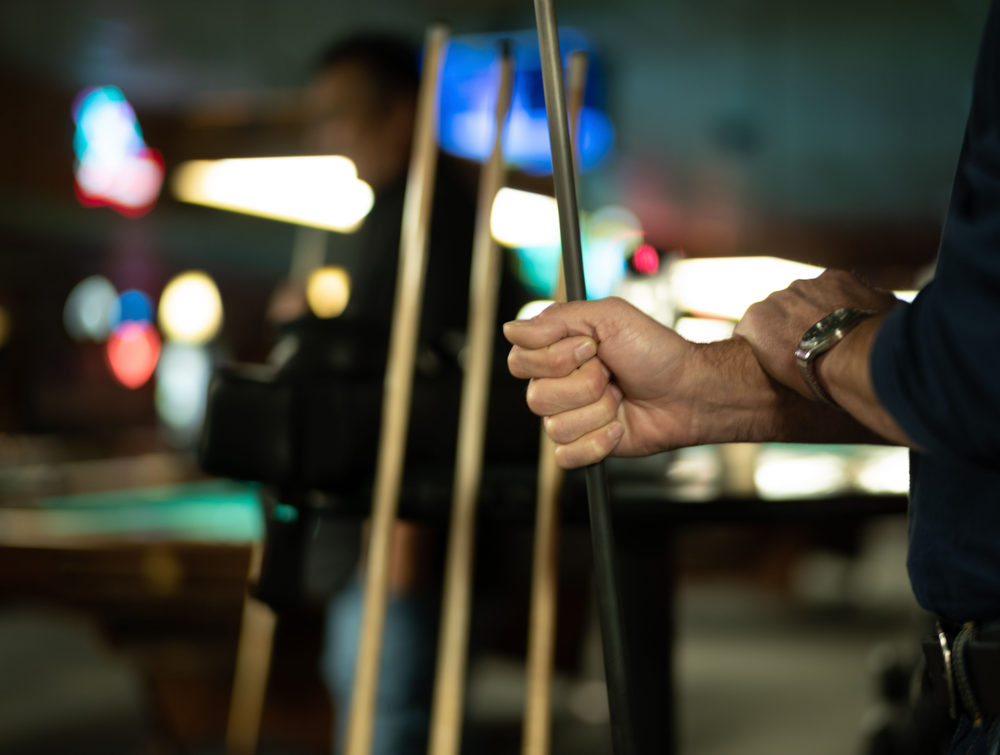
2. Shape and Maintain the Tip
Check the Tip Regularly
The tip is where your control begins. A properly shaped and maintained tip ensures consistent contact with the cue ball. Over time, tips wear down, flatten, or become too hard, which impacts spin and accuracy.
Inspect the tip for shape, wear, and firmness. If it feels too hard or is no longer holding chalk well, it may be time to reshape or replace it.
Shape with a Tip Shaper
A tip shaper or scuffer helps maintain the rounded shape needed for proper cue ball contact. Keep the tip slightly rounded—similar to the curve of a nickel—to allow for better spin control.
Keep It Chalked Properly
Use good-quality chalk and apply it lightly before each shot. This increases grip between the tip and cue ball, reducing miscues. Don’t overload the tip with chalk, and avoid grinding the chalk into the tip, which causes uneven wear.
3.Store Your Cue Properly
Use a Cue Case
A high-quality cue case protects your cue from humidity, temperature changes, and physical damage. Always store your cue in a case when not in use, especially if you’re traveling.
Avoid laying your cue flat on the floor or leaning it against a wall for extended periods. These habits can lead to warping.
Avoid Extreme Temperatures and Moisture
Wood is sensitive to temperature and humidity. Leaving your cue in a hot car or a damp basement can cause warping or cracking. Always store it in a controlled environment, ideally in a climate-controlled room or sealed case.
Break Down When Needed
If your cue is a two-piece, break it down and store it properly after use. This reduces the chance of accidental bending or damage when transporting.
4. Inspect and Maintain the Joint and Ferrule
Clean the Joint Area
The joint connects the two pieces of your cue and should always fit securely. Dirt or chalk residue in this area can prevent a tight connection or even cause long-term wear.
Wipe both male and female parts of the joint with a soft cloth. Avoid using lubricants unless specified by the cue manufacturer.
Examine the Ferrule
The ferrule sits directly beneath the tip and provides stability. Check it periodically for cracks, chips, or signs of separation from the shaft. A damaged ferrule can affect performance and may need professional repair.
Bonus Tip – Get Professional Maintenance When Needed
While regular cleaning and care can prevent many issues, there are times when professional help is the better option. A cue repair technician can:
- Replace tips or ferrules
- Rewrap the handle
- Fix warping
- Conduct general tune-ups
Periodic professional maintenance ensures your cue performs consistently over time.
Summary – Make Maintenance a Habit
Consistent maintenance doesn’t require much time, but the results are significant. A well-cared-for cue provides better feel, control, and reliability.
Here’s a quick recap of how to care for your pool cue with these 4 pool cue maintenance tips:
- Keep the shaft clean – Wipe it regularly and use a shaft cleaner when needed.
- Shape and maintain the tip – Use chalk correctly and maintain the tip’s curve.
- Store it properly – Use a cue case and avoid heat, moisture, or poor storage habits.
- Maintain the joint and ferrule – Clean them to ensure stability and performance.
By integrating these steps into your routine, you’ll enjoy a cue that remains in top shape, shot after shot.

